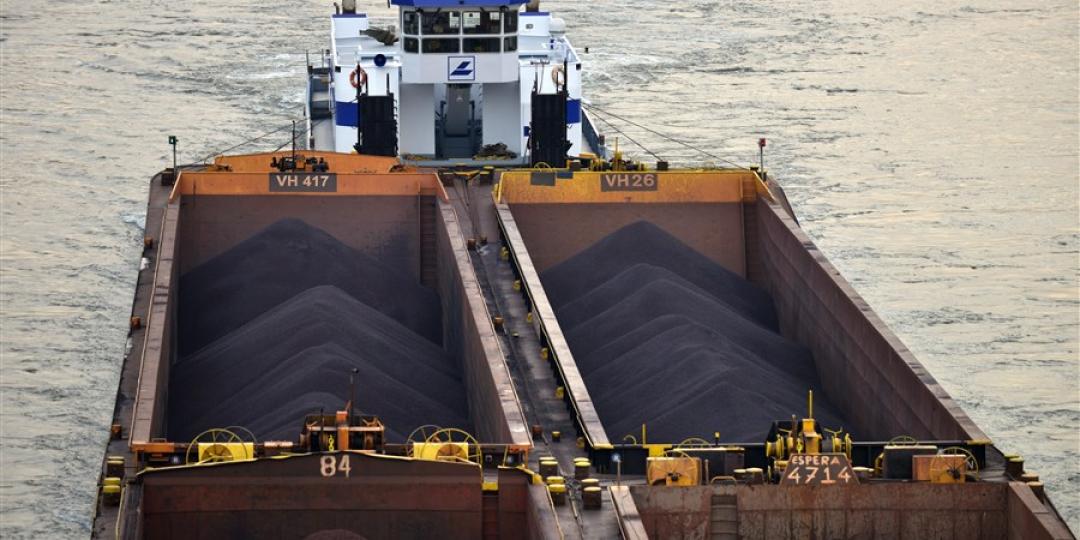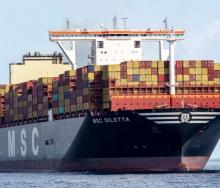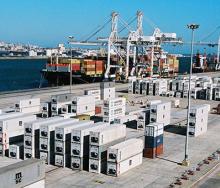Europe’s coal imports are steadily rising to fill the gap for an alternative energy source following the losses of the continent’s Russian gas supply.
And the spiralling cost of energy is likely to cause a further slowdown in the global economy.
These were among the observations analysts expressed in Allied Shipbroking’s weekly report which noted that “amidst the significant energy squeeze being felt in Europe and Asia, coal has once again found a foothold to expand its presence in the energy mix of many economies worldwide”.
“With most energy commodity prices having already started off the year on a high note, the situation in Ukraine and the escalating sanctions that followed only helped in worsening the supply/demand balance, pushing power generators across Europe and Asia to scramble to secure future shipments of coal,” the report said.
Allied Shipbroking head of research and valuations, George Lazaridis, said in a Hellenic Shipping News report that Europe had already seen a surge in coal imports of 10-20%. He said that given talks over restarting coal-fired power plants across Europe as a contingency measure to counter the drop in Russian gas flows, the trend in coal imports was likely to intensify during the final quarter of the year.
“At the same time, much of Asia is also battling with a major increase in electricity demand, with China battling to meet the record electricity usage seen there as part of the early summer heatwaves being noted across the country. All of this has already shown a favourable face in shipping markets, as dry bulkers have seen newfound support in freight rates as part of these surges in imports.”
He said dry bulkers had seen a drop in freight rates across the different size segments over the past month. However, it seemed the improved coal trade had ameliorated the decline.
“The Atlantic has been one of the main beneficiaries, seeing a better support level emerge, as coal flows have engaged, to a strong degree, even the larger Capesize vessels which were looking to fill the gaps left by commodities such as iron ore, which has been on the wane of late. Yet given that this has not been enough to completely turn around the market from its current downtrend, it does beg the question as to how well a booming thermal coal trade could be enough on its own to keep the market going.”
He said due to the current “energy market squeeze”, previous carbon pledges might have been placed on hold. However, the risk of relying on coal while needing to cut back carbon footprint meant the bullish run “already has an expiry date set”.
“As things stand now, a booming thermal coal trade is likely to continue to play a strong positive role well into the final quarter of the year. In the case of the Capesize market, the imbalance faced is more profound. With China’s property sector, which accounts for up to 40% of local steel demand, still tumbling and global GDP growth looking to face further setbacks in the year, the steel industry will continue to hold back production, keeping iron ore and metallurgical coal trade flows at a slumbering pace,” Lazaridis said.
He added that the inflationary pressure of high energy prices was likely to be the key factor to cause a further slowdown in the global economy and to drop economies into a prolonged state of stagflation.













